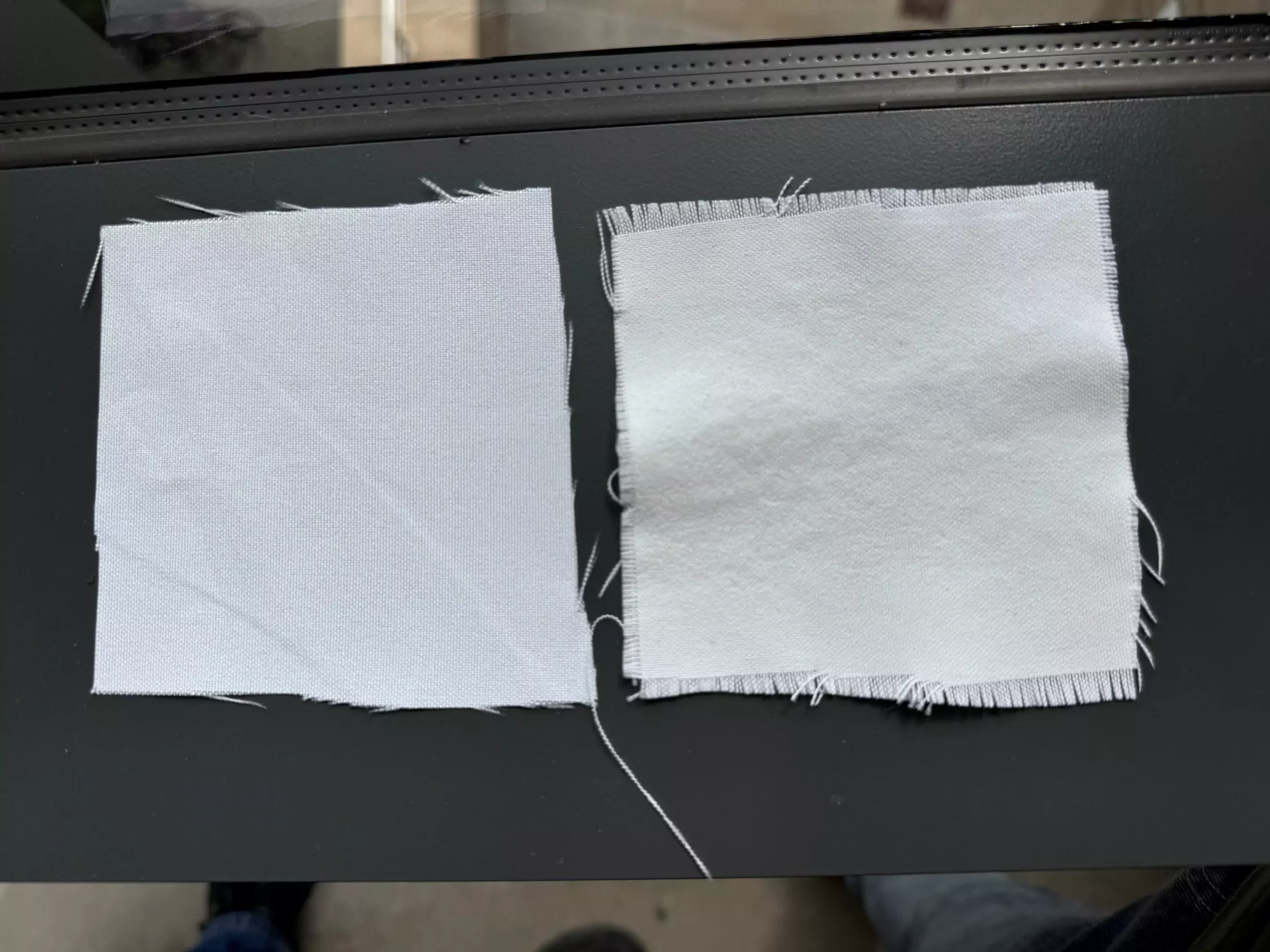As summer temperatures soar, a significant challenge arises for individuals working or enjoying outdoor activities: the scorching heat can lead to discomfort, fatigue, and even health risks. Recent advancements in textile technology aim to address this issue by developing cooling fabrics that enhance comfort in hot conditions. With innovative approaches emerging, researchers are focusing on sustainable and efficient solutions that could revolutionize how we experience heat in our everyday lives.
During relentless summer days, athletes, children at play, gardeners, and vacationers alike often struggle with the effects of excessive heat. As individuals participate in outdoor activities, they expose themselves to the sun’s relentless rays, which not only raises their body temperature but can also lead to heat stress. Traditional clothing offers limited protection against this phenomenon, often absorbing rather than reflecting heat. In this context, the demand for effective cooling fabrics becomes apparent, as they can provide relief by managing heat absorption and enhancing comfort.
Current Challenges in Textile Technology
Despite the importance of cooling fabrics, the current market primarily features materials that depend on advanced, often costly, manufacturing techniques or environmentally harmful substances. Many of these textiles incorporate specialized fibers treated to reflect ultraviolet (UV) light and near-infrared (near-IR) radiation, yet their production typically involves synthetic compounds that pose sustainability concerns.
For example, materials such as titanium dioxide or aluminum oxide are commonly used for their reflective properties, while organic polymers often rely on excessively harmful PFAS chemicals. The crux of the issue lies in the complexity and environmental footprint of these manufacturing methods, which raises the question of whether safe, effective alternatives can be found.
Addressing these challenges, a team led by Evan D. Patamia at the University of Massachusetts Amherst has presented a notable breakthrough. Their research outlines a method of achieving a cooling effect using a chalk-based mineral coating that can lower the air temperature beneath treated fabrics by as much as 8 degrees Fahrenheit. The work was announced at the American Chemical Society’s Fall 2024 Meeting — a pivotal gathering for innovators and researchers in the field.
The research team, including chemist Trisha L. Andrew, proposes a process that utilizes natural, environmentally benign materials, particularly calcium carbonate derived from chalk, combined with barium sulfate. Historically, crushed limestone has been employed in construction as an effective insulator against heat, inspiring the researchers to explore its application in textiles. Unlike conventional coatings that may compromise sustainability, this innovative approach brings durability and ecological safety to the forefront.
Details of the Innovative Coating Process
The researchers employed a method known as chemical vapor deposition (CVD), which offers a streamlined approach for applying a polymer coating. This technique grafts a thin layer of poly(2-hydroxyethyl acrylate) onto traditional fabrics with minimal environmental impact. Following this, small particles of calcium carbonate and barium sulfate are integrated through a series of dipping cycles, building up the crystalline structure needed for optimal heat reflection.
The results of the study reveal a significant temperature differential. On days exceeding 90 degrees Fahrenheit, treated fabrics were found to create a cooler air pocket below them, registering temperatures up to 15 degrees cooler than untreated fabrics. This effect not only enhances comfort but could dramatically shift how individuals experience outdoor heat, making activities more enjoyable and reducing the risk of overheating.
Implications for Everyday Use
The implications of this research extend beyond mere comfort; they offer potential solutions for those living in extremely hot climates. From sports apparel to outdoor gear, the ability to create functional fabrics that mitigate heat without the need for electrical cooling systems holds promise for a wide variety of applications. The researchers are also optimistic about scaling up their production methods, as Andrew is working on a startup to translate these findings into commercially viable fabrics.
The unique aspect of this innovation is its adaptability to different fabric types. This versatility could pave the way for a wide range of cooling garments suited for diverse lifestyles and needs. As climate extremes become more common, the demand for efficient cooling solutions grows increasingly urgent.
The drive for innovative cooling fabrics represents a significant leap forward not just in textile technology, but also in the quest for sustainable solutions in our increasingly hot environments. The use of chalk-based coatings aims to provide an effective, eco-friendly alternative to current cooling methods. As research progresses and production capabilities expand, these textiles could transform the summer experience for countless individuals around the world, offering both relief from the heat and a commitment to environmental consciousness.


Leave a Reply